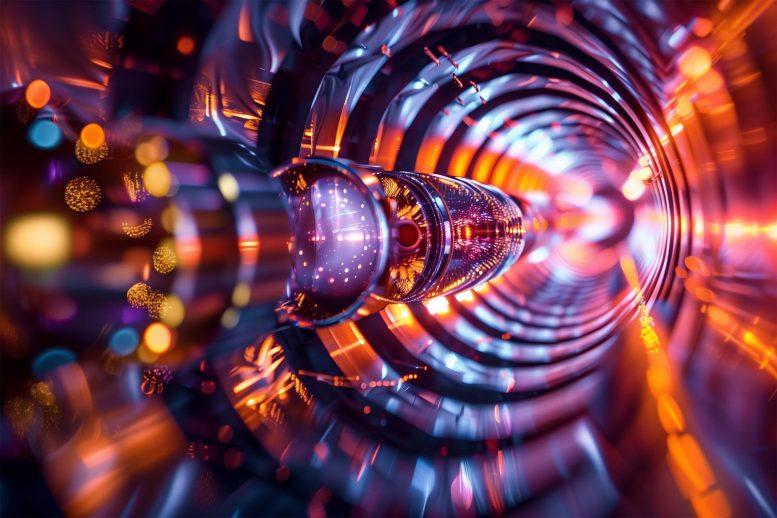
Stanford University’s research team has made a significant breakthrough in quantum technology by improving niobium-based qubits to match leading alternatives. This advancement highlights niobium’s potential to operate at higher temperatures and wider ranges, opening new possibilities for quantum computing. Credit: SciTechDaily.com
Expanding possibilities for superconducting qubits.
For years, niobium was considered an underperformer when it came to superconducting qubits. Now scientists supported by Q-NEXT have found a way to engineer a high-performing niobium-based qubit and so take advantage of niobium’s superior qualities.
When it comes to quantum technology, niobium is making a comeback.
For the past 15 years, niobium has been sitting on the bench after experiencing a few mediocre at-bats as a core qubit material.
Qubits are the fundamental components of quantum devices. One qubit type relies on superconductivity to process information.
Breakthrough in Quantum Technology
Touted for its superior qualities as a superconductor, niobium has always a promising candidate for quantum technologies. However, scientists found niobium difficult to engineer as a core qubit component, and so it was relegated to the second string on Team Superconducting Qubit.
Now, a group led by Stanford University’s David Schuster has demonstrated a way to create niobium-based qubits that rival the state-of-the-art for their class.
“This was a promising first foray, having resurrected niobium junctions. … With niobium-based qubits’ broad operational reach, we open up a whole new set of capabilities for future quantum technologies.” — David Schuster, Stanford University
“We’ve shown that niobium is relevant again, expanding the possibilities of what we can do with qubits,” said Alexander Anferov of the University of Chicago’s Physical Science division, one of the lead scientists of the result.
The team’s work is published in Physical Review Applied and was supported in part by Q-NEXT, a U.S. Department of Energy (DOE) National Quantum Information Science Research Center led by DOE’s Argonne National Laboratory.
By harnessing niobium’s standout features, scientists will be able to expand the capabilities of quantum computers, networks, and sensors. These quantum technologies draw on quantum physics to process information in ways that outclass their traditional counterparts and are expected to improve areas as varied as medicine, finance, and communication.
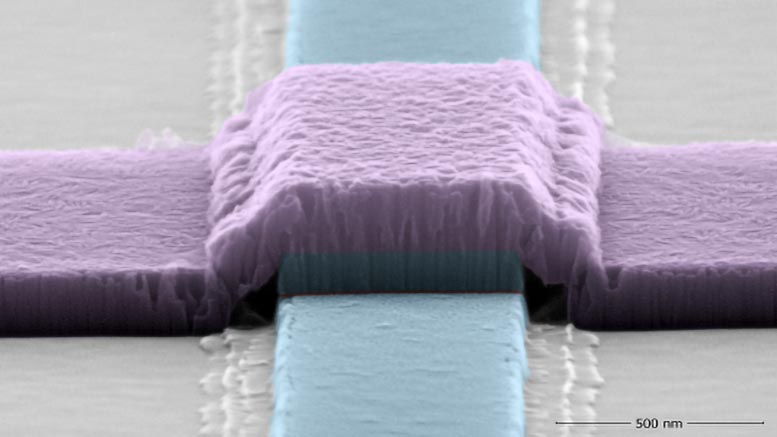
The Josephson junction is the information-processing heart of the superconducting qubit. Pictured here is the niobium Josephson junction engineered by David Schuster of Stanford University and his team. Their junction design has resurrected niobium as a viable option as a core qubit material. Credit: Alexander Anferov/the University of Chicago’s Pritzker Nanofabrication Facility
The Niobium Advantage
When it comes to superconducting qubits, aluminum has ruled the roost. Aluminum-based superconducting qubits can store information for a relatively long time before the data inevitably disintegrates. These longer coherence times mean more time for processing information.
The longest coherence times for an aluminum-based superconducting qubit are a few hundred-millionths of a second. By contrast, in recent years, the best niobium-based qubits yielded coherence times that are 100 times shorter — a few hundred billionths of a second.
Despite that short qubit lifetime, niobium held attractions. A niobium-based qubit can operate at higher temperatures than its aluminum counterpart and so would require less cooling. It can also operate across an eight-times-greater frequency range and a massive 18,000-times-wider magnetic field range compared to aluminum-based qubits, expanding the menu of uses for the superconducting-qubit family.
In one respect, there was no contest between the two materials: Niobium’s operating range trounced aluminum’s. But for years, the short coherence time made the niobium-based qubit a nonstarter.
“No one really made that many qubits out of niobium junctions because they were limited by their coherence,” Anferov said. “But our group wanted to make a qubit that could work at higher temperatures and a greater frequency range — at 1 K and 100 gigahertz. And for both of those properties, aluminum is not sufficient. We needed something else.”
So, the team had another look at niobium.
Losing the Lossiness
Specifically, they had a look at the niobium Josephson junction. The Josephson junction is the information-processing heart of the superconducting qubit.
In classical information processing, data comes in bits that are either 0s or 1s. In quantum information processing, a qubit is a mixture of 0 and 1. The superconducting qubit’s information “lives” as a mixture of 0 and 1 inside the junction. The longer the junction can sustain the information in that mixed state, the better the junction and the better the qubit.
The Josephson junction is structured like a sandwich, consisting of a layer of nonconducting material squeezed between two layers of superconducting metal. A conductor is a material that provides easy passage for electrical current. A superconductor kicks it up a notch: It carries electrical current with zero resistance. Electromagnetic energy flows between the junction’s outer layers in the mixed quantum state.
The typical, trusty aluminum Josephson junction is made of two layers of aluminum and a middle layer of aluminum oxide. A typical niobium junction is made of two layers of niobium and a middle layer of niobium oxide.
Schuster’s group found that the junction’s niobium oxide layer sapped the energy required to sustain quantum states. They also identified the niobium junctions’ supporting architecture as a big source of energy loss, causing the qubit’s quantum state to fizzle out.
The team’s breakthrough involved both a new junction arrangement and a new fabrication technique.
The new arrangement called on a familiar friend: aluminum. The design did away with the energy-sucking niobium oxide. And instead of two distinct materials, it used three. The result was a low-loss, trilayer junction — niobium, aluminum, aluminum oxide, aluminum, niobium.
“We did this best-of-both-worlds approach,” Anferov said. “The thin layer of aluminum can inherit the superconducting properties of the niobium nearby. This way, we can use the proven chemical properties of aluminum and still have the superconducting properties of niobium.”
The group’s fabrication technique involved removing scaffolding that supported the niobium junction in previous schemes. They found a way to maintain the junction’s structure while getting rid of the loss-inducing, extraneous material that hampered coherence in previous designs.
“It turns out just getting rid of the garbage helped,” Anferov said.
A New Qubit Is Born
After incorporating their new junction into superconducting qubits, the Schuster group achieved a coherence time of 62 millionths of a second, 150 times longer than its best-performing niobium predecessors. The qubits also exhibited a quality factor — an index of how well a qubit stores energy — of 2.57 x 105, a 100-fold improvement over previous niobium-based qubits and competitive with aluminum-based qubit quality factors.
“We’ve made this junction that still has the nice properties of niobium, and we’ve improved the loss properties of the junction,” Anferov said. “We can directly outperform any aluminum qubit because aluminum is an inferior material in many ways. I now have a qubit that doesn’t die at higher temperatures, which is the big kicker.”
The results will likely elevate niobium’s place in the lineup of superconducting qubit materials.
“This was a promising first foray, having resurrected niobium junctions,” Schuster said. “With niobium-based qubits’ broad operational reach, we open up a whole new set of capabilities for future quantum technologies.”
Reference: “Improved coherence in optically defined niobium trilayer-junction qubits” by Alexander Anferov, Kan-Heng Lee, Fang Zhao, Jonathan Simon and David I. Schuster, 23 February 2024, Physical Review Applied.
DOI: 10.1103/PhysRevApplied.21.024047
This work was supported by the DOE Office of Science National Quantum Information Science Research Centers as part of the Q-NEXT center. It was partially supported by the University of Chicago Materials Research Science and Engineering Center, which is funded by the National Science Foundation.
This research was conducted by researchers at DOE’s Argonne National Laboratory, DOE’s Fermi National Accelerator Laboratory, the DOE’s SLAC National Accelerator Laboratory, Stanford University and the University of Chicago.

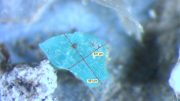
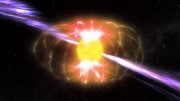


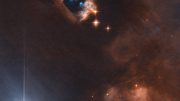
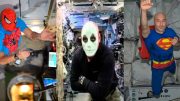

Please answer:
1. What is the physical essence of quantum?
2. Is it appropriate to use a cat to understand and study quantum mechanics?
3. Are mathematics and mathematical models scientific?
4. Is it certain that the physical phenomena observed in the experiment are quantum and qubits in theoretical physics?
5. Are so-called academic journals (such as Physical Review Letters, Nature, Science, etc.) scientific and honest?
and so on.
Today, we have already entered the era of the internet. With the help of artificial intelligence and big data, discussions on scientific knowledge have become open and transparent. However, a group of editors of so-called academic journals (such as Physical Review Letters, Nature, Science, etc.) are mystifying themselves. They only care about their own so-called sufficiently high priority rating, general significance, discipline, novelty, etc., and do not care about what science and pseudoscience are.
Science and pseudoscience are not determined by a publication, an organization or a person, nor by you or me, but by mathematics the final say. Physical models must be based on mathematics or mathematical models in order to be scientific, convincing, and in accordance with natural laws.
The branch of mathematics known as topology has become a cornerstone of modern physics. The perpetually swirling topological vortices defy traditional physics’ expectations. A physical properties of topological vortices is their to spontaneously begin to change periodically in time, even though the system does not experience corresponding periodic interference. Therefore, in the interaction of topological vortices, time is both absolute and relative,and physics often requires treating space and time at the same level.
Low-dimensional spacetime matter is the foundation of high-dimensional spacetime matter. Low-dimensional spacetime matter (such as topological vortex) can form new material structures and derive more complex physical properties via interactions and self-organization. It is extremely wrong and irresponsible to imagine low dimensional spacetime matter using high-dimensional spacetime matter.
Science must follow mathematical rules. For example, the Standard Model (SM) is considered to be one of the most significant achievements of physics in the 20th century. However, the magnetic moment of μ particle is larger than expected, revealed by a g-2 experiment at Fermilab, suggests that the established theory (such as SM) of fundamental particles is incomplete. Furthermore, the SM omitting gravitation, it not involved the time problem and when the particle movement starts. Mathematics is the foundation of science. Physics must respect the scientific nature of mathematics and mathematical models. The SM must be based on mathematical models in order to be scientific, convincing, and in line with natural laws.
I hope researchers are not fooled by the pseudoscientific theories of the Physical Review Letters (PRL), and hope more people dare to stand up and fight against rampant pseudoscience.
The so-called academic journals (such as Physical Review Letters, Nature, Science, etc.) firmly believe that two high-dimensional spacetime objects (such as two sets of cobalt-60) rotating in opposite directions can be transformed into two objects that mirror each other, is a typical case of pseudoscience rampant.
If researchers are really interested in Science and Physics, you can browse https://zhuanlan.zhihu.com/p/643404671 and https://zhuanlan.zhihu.com/p/595280873.